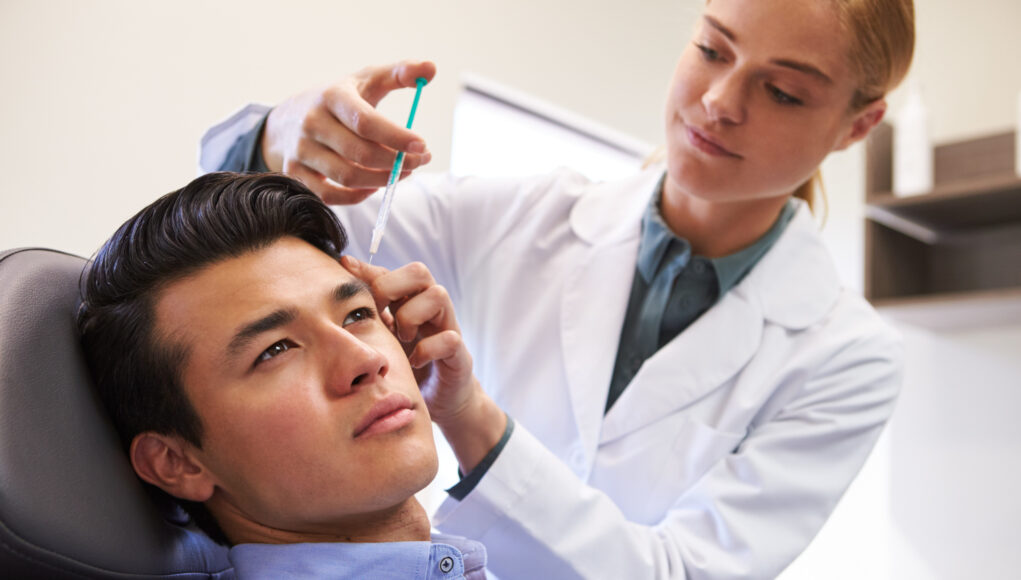A recent study published in Plastic and Reconstructive Surgery has revealed a surprising correlation between sun exposure and the effectiveness of Botox injections.
It’s long been known that factors such as age, gender, and muscle mass can influence the efficacy of Botox treatments. However, this new research suggests that climate may also play a significant role. Researchers compared Botox outcomes for patients in sunny Malta and less sunny London and found that those in the sunnier climate required higher doses to achieve the same level of wrinkle reduction.
Why the difference? The study theorizes that increased sun exposure may lead to greater development and activity of the glabellar muscles, which are responsible for frown lines. This heightened muscle activity could necessitate larger Botox doses to achieve desired results.
What does this mean for aesthetic surgeons?
- Tailored Treatment Plans: Consider incorporating geographic location into treatment planning. Patients in sunnier climates may benefit from higher initial Botox doses.
- Ongoing Assessment: Monitor patient response closely, as individual variations may still occur. Be prepared to adjust dosage accordingly.
- Patient Education: Inform patients about the potential influence of sun exposure on Botox outcomes. This can help manage expectations and enhance patient satisfaction.
While the difference in Botox dosage required between the two groups in the study was relatively small, the implications for treatment protocols are significant. By acknowledging the impact of climate on Botox efficacy, aesthetic surgeons can refine their techniques and deliver even more precise and effective results for their patients.





